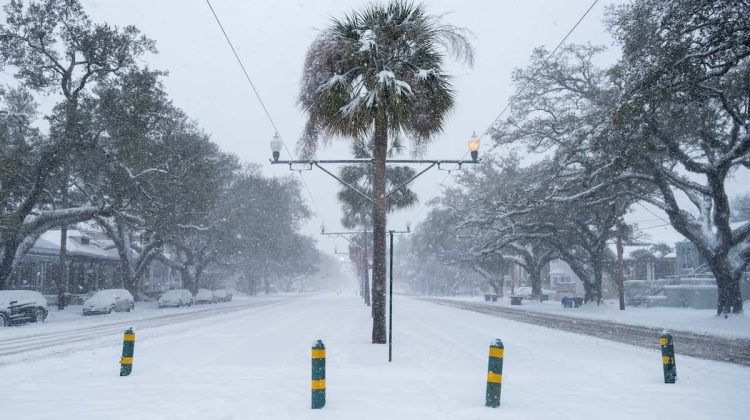It looks like the warm weather is here to stay in most parts of the United States. The arrival of warmer temperatures brings many things with it, including surprise rain showers, bicyclists and other potential hazards for drivers. According to Resources Magazine, “… fatality rates increase by about 9 percent on a day with temperatures above 80°F compared with a day at 50–60°F.”
In some cases, the number of warm weather-related vehicle accidents is higher than during major weather disasters, such as tornadoes, hurricanes, and flooding. As the weather continues to improve, it’s important to be aware of seasonal factors that can influence your driving habits. Here are 5 weather-related factors that could contribute to a car accident:
Increased glare from the sun
While the sun is a welcome sight after a long and dreary winter, it can also have an impact on drivers at different points throughout the day. The glare from the sun can decrease a person’s ability to see both the road in front of them and the lanes on either side.
More pedestrians and bicyclists
High temperatures typically bring more people out into the streets to enjoy the day. Be extra aware of your surroundings as more pedestrians and bicyclists crossing at different points and in different directions could result in an unfortunate accident.
New drivers and young adults on the road
Younger and less experienced drivers are more likely to be on the road when there are clear conditions. According to research provided by Michael T. Flanagan, a Florida car accident attorney, in 2016 “… young drivers between the ages of fifteen and twenty-four were involved in over 130,000 car accidents.” Ultimately, warm weather brings out younger drivers who are taking advantage of the nicer weather to head to the beach, parks or the mall.
More construction
Construction is typically done during the warmer months and can cause changes in lane paths and speed, resulting in dangerous situations for road crews and drivers. It’s important to be alert when driving through a construction zone and mind the speed limit that has been set.
Increased wear and tear on your vehicle
Depending on the age of your vehicle, warmer temperatures can bring a number of car troubles, such as tire blowouts and overheated engines. Stay up-to-date with inspections and oil changes to ensure you don’t have one of these problems during an unfortunate time, such as in the midst of heavy traffic.
While sunnier skies and warmer days are usually something to be excited about, the rise in temperatures can also cause an increase in dangerous situations for drivers. Be sure to prepare yourself for factors that can cause accidents such as more pedestrians, inexperienced drivers and more construction sites. As always, when it comes to driving, the most important thing is your safety.





No Comment